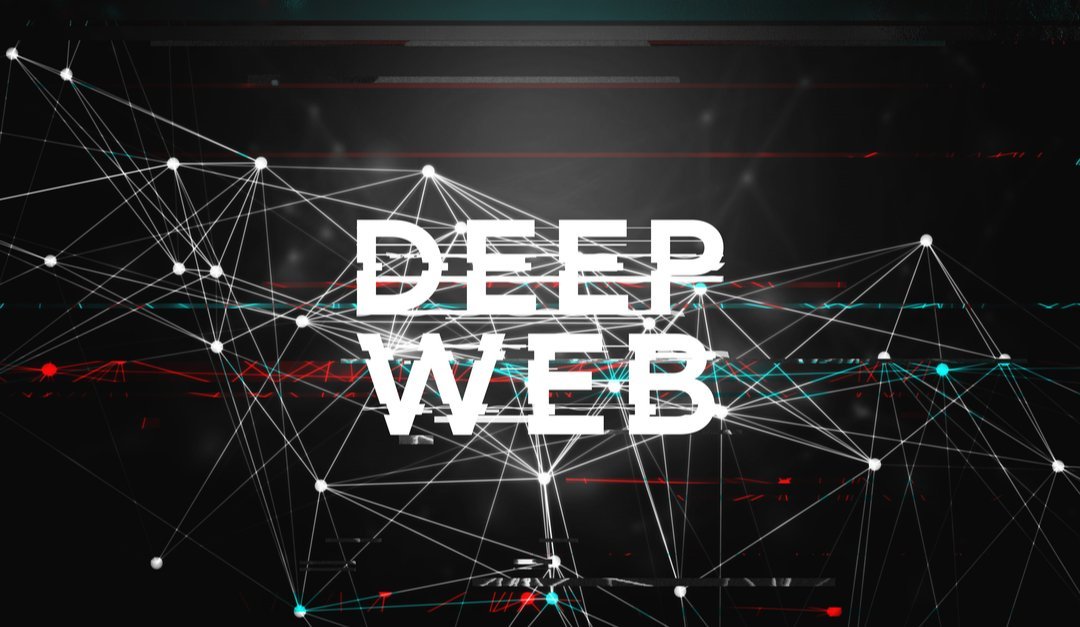August 2, 2021
Too many webs, too little time – today’s cyber investigators and security teams have a lot on their plates when it comes to identifying and catching cybercriminals before it’s too late. Not only is there too much data to sift and sort, but there are also different internets – surface vs deep vs dark web – to pay attention to, continuously, in order to be proactive and preemptive in preventing fraud and attacks.
Dark web vs deep web
The surface web is the internet we’ve all been accessing and using since Day 1. From looking up information to sharing funny cartoons, it’s where our daily interactions take place. Then there’s the dark web which is notorious for hosting criminals and threat actors, providing them with platforms and marketplaces to buy and sell anything from compromised enterprise data to illegal arms.
So, what is the deep web? Is there a difference between the deep web and dark web or are they essentially the same? Briefly, the deep web is the password-protected part of the web whose contents are not indexed by search engines. Also known as the invisible web or the hidden web, the deep web includes webmail, password-restricted pages and platforms, paid services that are protected by paywalls, company databases, medical records, university libraries, scientific journals, and papers, and online banking, among others.
The deep web is filled with information that can be misused, such as credit card numbers, medical records – remember when the Singapore HIV registry data leak shook an already vulnerable community? – and business and personal emails. This misuse happens on the dark web. The dark web is like an extension of the deep web – everything on the dark web is part of the deep web, but not everything on the deep web is part of the dark web.
Together, the deep web and the dark web account for around 90% of the whole internet, which is why they are crucial for security and cybersecurity and deep and dark web investigations.
Accessing the deep web
So, if it’s all password-protected, how to access the deep web? Is it even possible? And is it safe? For investigators, ordinary user data isn’t useful. The average Joe’s or Jane’s online shopping history is of no interest to local, national, or international security efforts. It’s those Joe’s and Jane’s who look for compromised data, credit or gift card numbers, arms, child porn, or other illegal activity on the dark web that interest investigators.
To access this dangerous world, investigators use a few special tools. These include a deep web browser called Tor, Freenet, VPN, and I2P, which provide point-to-point links and help hide your identity.
A better alternative is using Cobwebs, a deep and dark web monitoring tool that continuously analyzes deep and dark web activity, processes and categorizes huge amounts of structured and unstructured data in a quick, efficient way, and generates alerts, in order to enable investigators and security teams to identify cyber threats before they cause harm to cyber systems, assets, or people.
Share:

Request a Demo
"*" indicates required fields